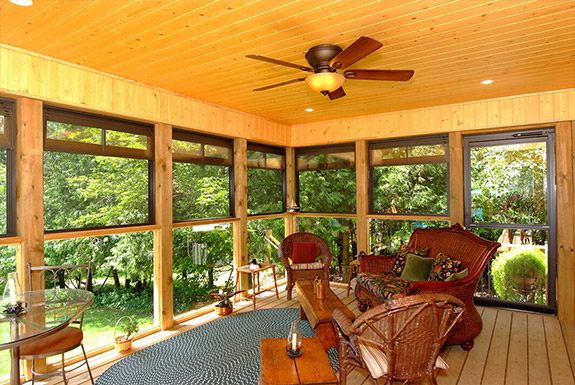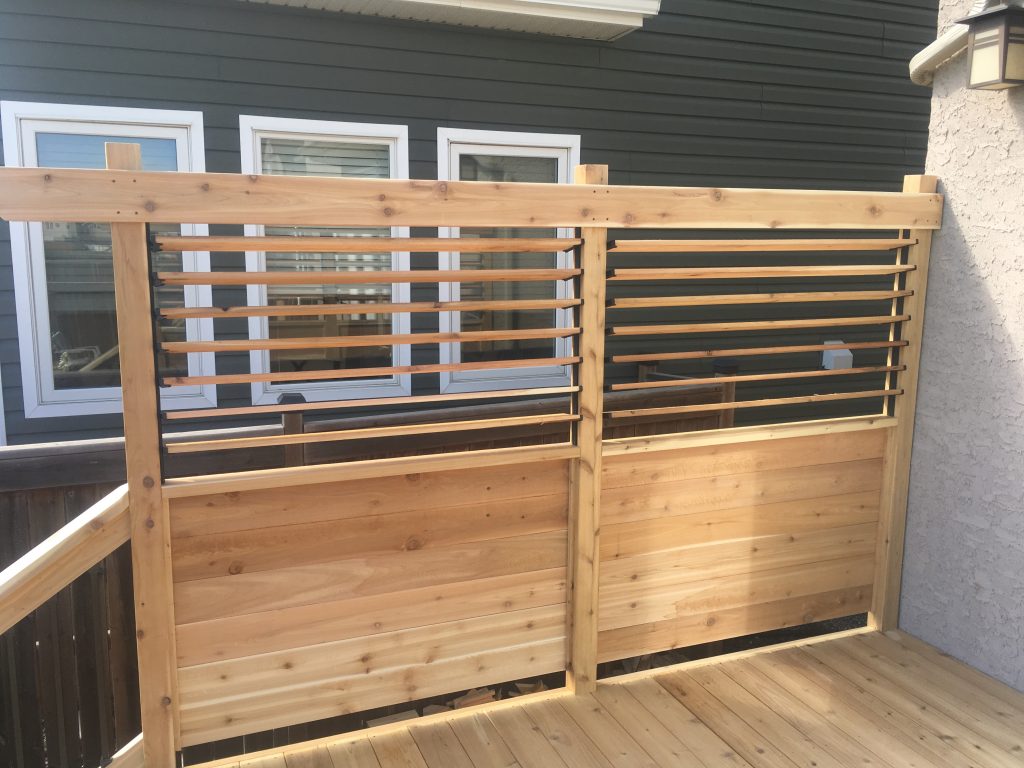

#WEATHER WALL WINDOWS WINDOWS#
Run ceiling fans to keep warm air from rising to the ceiling to help prevent condensation on roof windows and skylights.Cook with lids on your pots to reduce the moisture that is put into the air.Take shorter showers to reduce the indoor moisture.
#WEATHER WALL WINDOWS INSTALL#
Install vents below windows to help warm the interior glass.Install double-paned insulated windows and doors with energy efficient Low-E glazing’s that help keep interior glass panes warmer.Start by eliminating sources that contribute to excess humidity. And to fight it, you need to limit the amount of water vapor in your home. Rotting of structural wood between outside wallsĬondensation is a moisture problem.Damaged floor tiles and deteriorating furniture.Deteriorating attic and wall insulation.Mildew on walls, window seals and baseboards.When warm, moisture-laden indoor air contacts a cool surface, such as a window pane, the moisture in the air forms condensation on that cooler surface.įighting condensation - What to look for: Warm air carries larger amounts of water than cold air. Why does condensation occur mainly in the winter?Ĭondensation occurs more often during cooler weather because a greater temperature difference exists between the warm interior of your home and the colder outdoors. This is what shows up on your windows glass. When the air becomes saturated with excess humidity, it dispels the moisture by condensing it back into water. The air around us contains water vapor (humidity), and we add more water vapor to it by normal breathing, perspiration, cooking, cleaning and showering. And even if your house doesn’t actually feel damp, that excess moisture could be doing damage in unseen places. This may also be the first warning sign that your home is retaining too much moisture elsewhere. It is recognised by the wet mist that sometimes clouds the interior glass on your homes windows. It occurs when the air becomes saturated with moisture and releases it in the form of water. Having the roofer or installer add felt and insulation between the frame and roof opening should prevent this problem.Ĭondensation is the conversion of vapor to liquid. The resulting condensation will drip back into the room between the frame and roof opening, giving the appearance of a leak. This allows warm, moist air to escape from the room and come into contact with the underside of the flashing and/or cladding. In some cases, the installer neglects to use roofing felt and insulation between the frame of the unit and the rough opening. Installing roofing underlay between the roof window frame and roofing material will help prevent condensation on the cladding.Ĭondensation can form on more than just glass.

Eliminating excess moisture by using a dehumidifier and providing adequate ventilation and air circulation will go a long way in preventing condensation. After a few years, new homes tend to dry out and have less moisture problems.

Condensation is more prevalent in new homes. The problem, however, usually isn't the roof window. Condensation is usually more noticeable on roof windows and flat roof windows because warm, moist air rises to the ceiling.


 0 kommentar(er)
0 kommentar(er)
